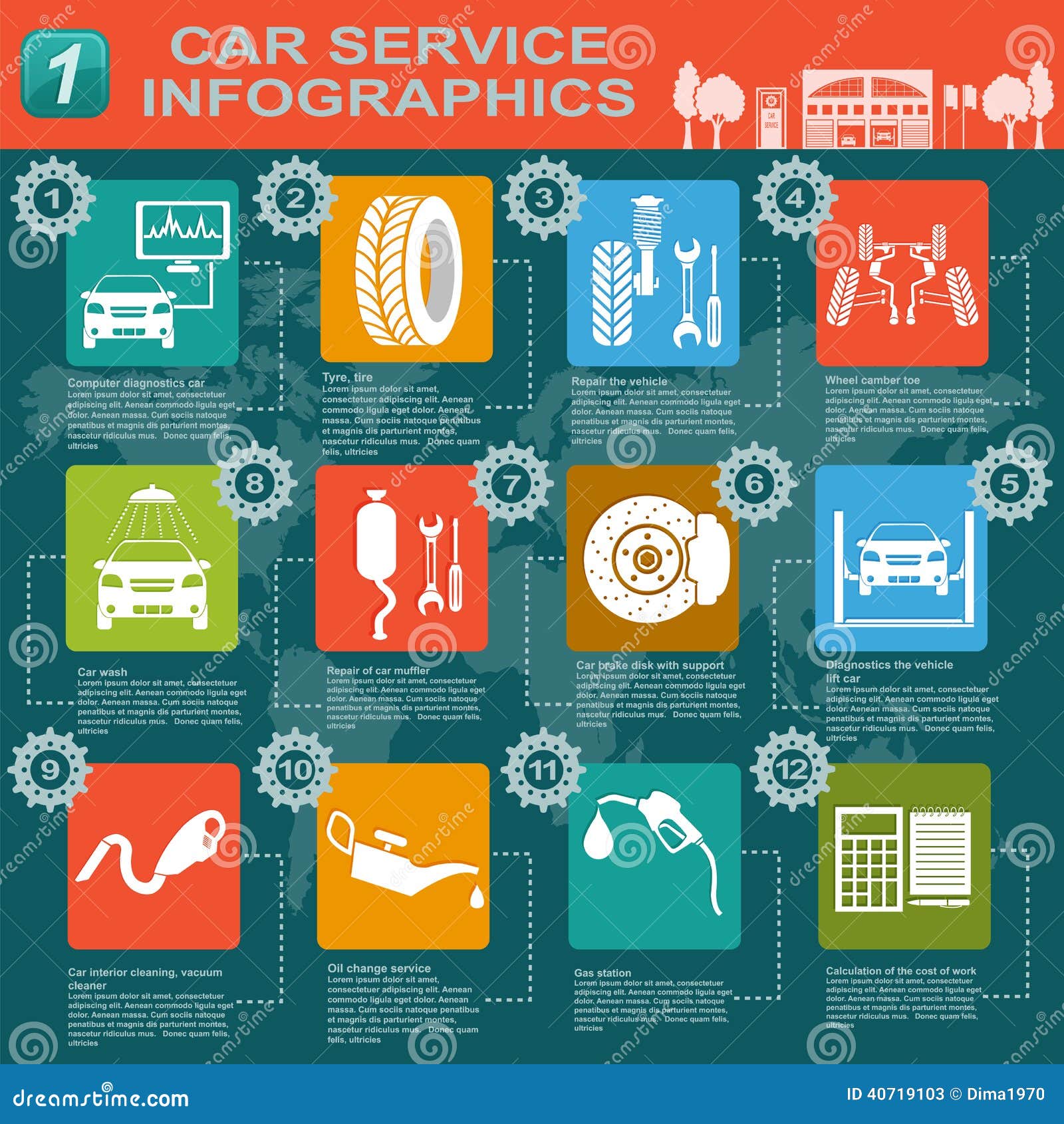Evaluating Your Vehicle'S Warning Indicators: What They Truly Share
Evaluating Your Vehicle'S Warning Indicators: What They Truly Share
Blog Article
Content Author-Samuelsen Forbes
When you're behind the wheel, those radiant warning lights on your dashboard can be a little bit perplexing. Do you recognize what they're attempting to inform you regarding your auto's health and wellness? Comprehending the significance of these lights is crucial for your security and the durability of your automobile. So, the next time one of those lights appears, would not you want to analyze its message accurately and take the required actions to resolve it?
Common Caution Lighting and Interpretations
Identify typical warning lights in your car and comprehend their significances to ensure risk-free driving.
One of the most regular warning lights include the check engine light, which signals problems with the engine or exhausts system. If this light comes on, it's important to have your lorry examined promptly.
The oil stress alerting light shows reduced oil pressure, needing prompt interest to avoid engine damages.
A blinking battery light could recommend a faulty billing system, possibly leaving you stranded otherwise addressed.
The tire pressure surveillance system (TPMS) light informs you to reduced tire stress, influencing automobile stability and fuel effectiveness. Disregarding this could lead to dangerous driving problems.
The ABS light suggests an issue with the anti-lock braking system, compromising your capacity to stop quickly in emergencies.
Finally, car detailng alerting light warns of engine getting too hot, which can lead to serious damage otherwise solved quickly.
Comprehending these usual caution lights will certainly help you address problems quickly and keep safe driving conditions.
Significance of Prompt Interest
Comprehending the typical caution lights in your auto is just the primary step; the significance of immediately attending to these warnings can't be highlighted sufficient to guarantee your safety when traveling.
When a caution light illuminates on your dashboard, it's your auto's means of communicating a potential issue that requires focus. Ignoring these cautions can result in more serious troubles later on, jeopardizing your safety and security and potentially costing you a lot more out of commission.
Motivate focus to cautioning lights can stop failures and crashes. For auto upholstery cleaning , a blinking check engine light might suggest a misfire that, if left neglected, could cause damage to the catalytic converter. Resolving this without delay can conserve you from a costly repair.
Likewise, a brake system alerting light could signify low brake liquid or worn brake pads, vital parts for your safety and security when driving.
Do It Yourself Troubleshooting Tips
If you observe a warning light on your dashboard, there are a few do it yourself troubleshooting pointers you can try before seeking specialist help.
The primary step is to consult your vehicle's manual to understand what the certain caution light indicates. Sometimes the problem can be as straightforward as a loosened gas cap causing the check engine light. Tightening the gas cap may solve the trouble.
Another common issue is a low battery, which can activate different alerting lights. Inspecting the battery connections for corrosion and ensuring they're protected may fix the problem.
If a caution light continues, you can attempt resetting it by separating the cars and truck's battery for a couple of minutes and afterwards reconnecting it. Additionally, checking your lorry's liquid degrees, such as oil, coolant, and brake fluid, can aid fix advising lights associated with these systems.
Final thought
In conclusion, recognizing your auto's warning lights is important for keeping your vehicle running efficiently and safely. By quickly attending to these signals and knowing what they suggest, you can stay clear of expensive fixings and possible malfunctions.
Bear in mind to consult your auto's manual for certain details on each cautioning light and do something about it appropriately to make sure a trouble-free driving experience.
Stay educated, stay risk-free when driving!
